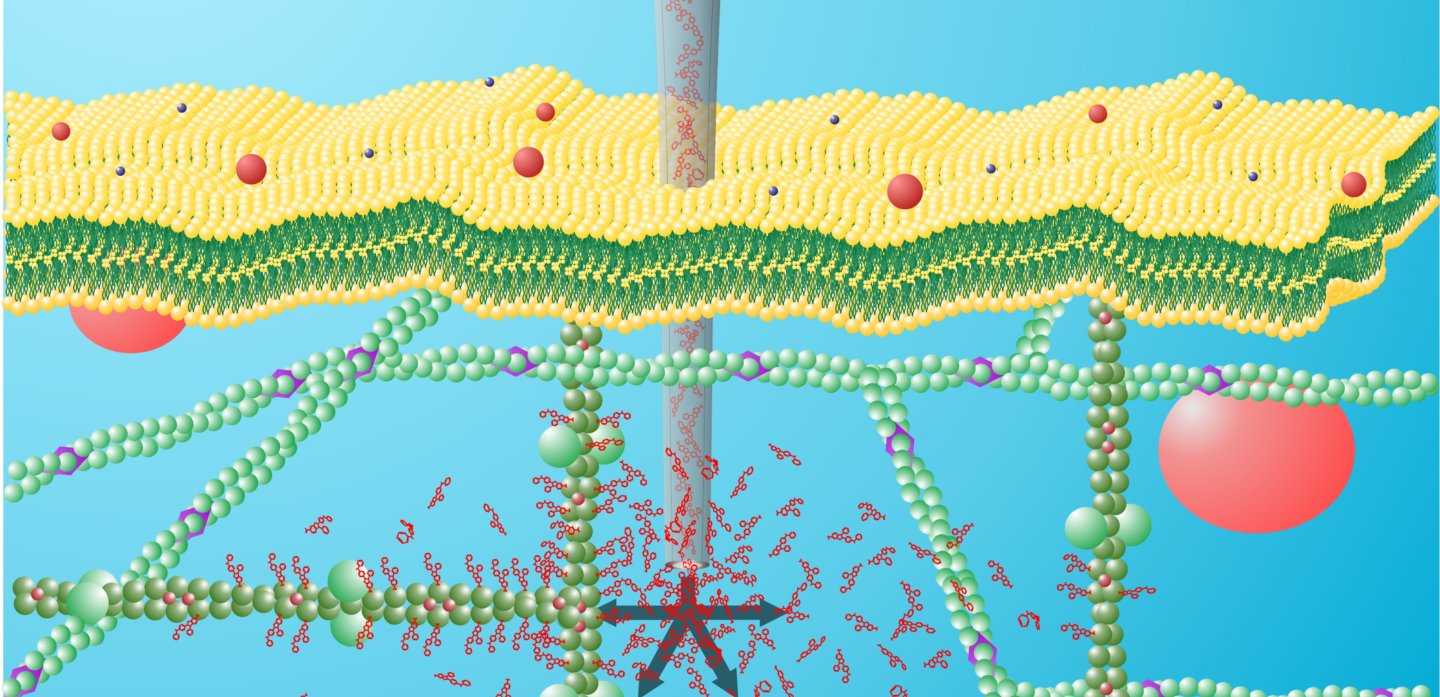Cellular Nanoscopy
Dr. Simon Hennig
Institute for Biophysical Chemistry, OE4350
Hannover Medical School
Carl-Neuberg-Straße 1
30625 Hannover
Office: Building I3, Floor 02, Room 1301
Phone: +49 511 532 8669
Email: hennig.simon@mh-hannover.de
Research Focus
In eukaryotic cells, actin, tropomyosin and myosin are key proteins supporting a wide range of cellular transport processes as well as structural organization. Multiple genes and their splice isoforms contribute to isoform diversity. Most of the resulting isoforms are produced in a tissue specific manner. This allows for an enormous diversity in the composition and functional competence of the resulting actin-tropomyosin-myosin (A-T-M) complexes. To date, the properties of individual A-T-M complexes have been well characterized on a molecular and atomic level by purification and reassembling of the proteins for detailed analysis in vitro. In contrast, the organization and dynamic regulation of these complexes in living cells in space and time, especially at a molecular level, remains widely unresolved. Hence, the investigation of actin, tropomyosin and myosin organization in vivo using the advantages of various fluorescence microscopy and nanoscopy methods will provide new insights into the complex machinery of a cell and will pave the way towards a comprehensive understanding of the biological processes in living cells.
With a special focus on the role of tropomyosin in the cellular context, we use fluorescence microscopy to investigate the interaction and organization of proteins of the A-T-M complex as well as actin-associated proteins in fixed and living cells. By applying novel microscopic techniques, which provide single-molecule sensitivity and a spatial resolution well below the diffraction limit, we are able to reveal the structural organization and distribution of actin and different tropomyosins in cells. Furthermore, we strive for a deep understanding of the dynamic interaction of actin and tropomyosin with myosin at the single-molecule level in living cells. To achieve these goals, we combine single molecule localization microscopy (dSTORM, DNA-PAINT), expansion microscopy (ExM) and single-molecule Förster Resonance Energy Transfer (smFRET) in combination with electrophoretic nanoinjection.
